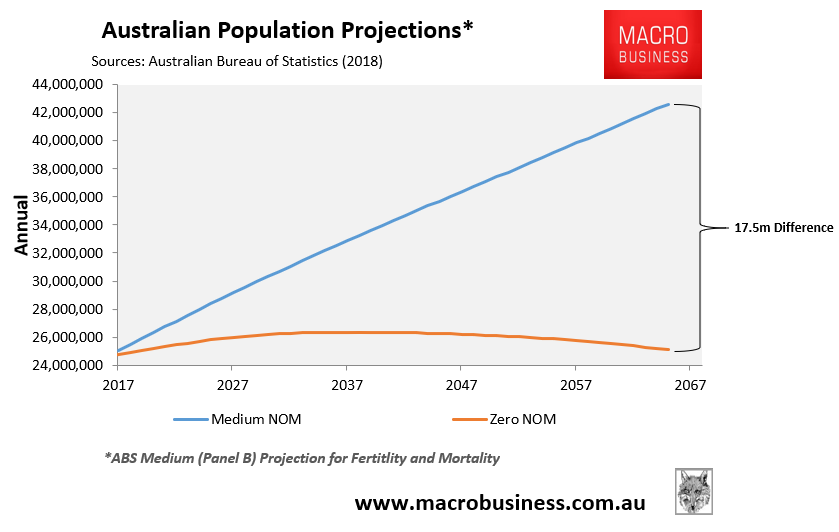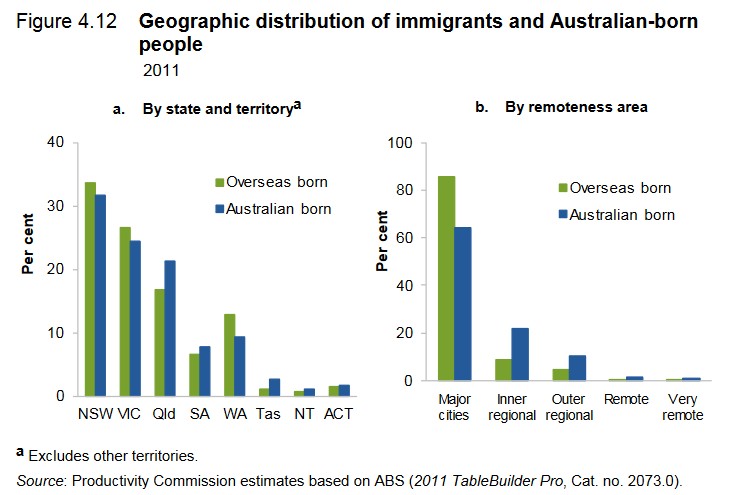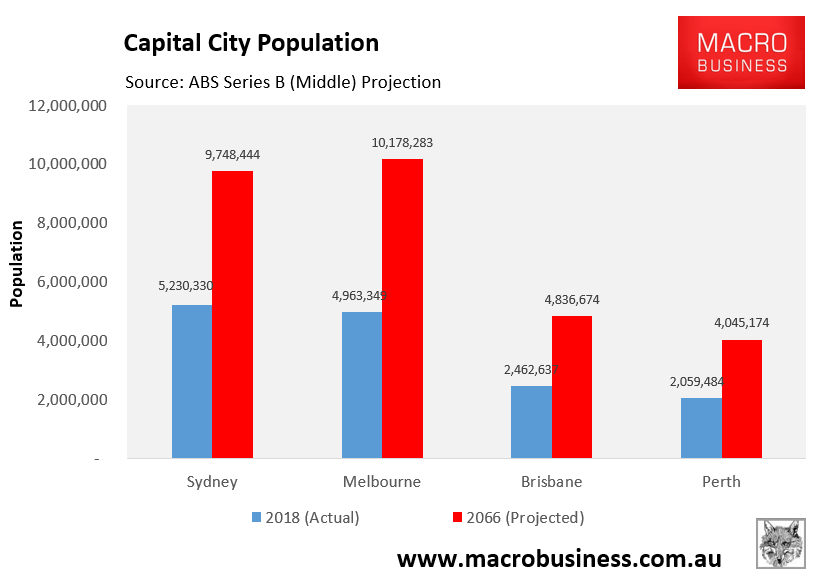I have read some poor mass immigration spruik pieces in my time. But few were as factually incorrect and lacking in commonsense than Angela Shanahan’s effort in The Weekend Australian entitled “Post-pandemic, we’ll need a boost from immigration”.
Let’s examine her key arguments.
First Shanahan argues that Peta Credlin’s argument for a cap of 100,000 migrants a year would lead to Australia’s population falling:
To use a particular number, 100,000, as an ideal number of immigrants is a false argument. This fails to take into account one overriding factor governing immigration policy: levels of natural population growth. Ours is below replacement and has been declining for many years…
At the moment Australia’s total fertility rate is officially 1.7, but during the pandemic it has dropped even further and there are predictions it will go lower than 1.6. It is the lowest it has been in our history. If we do not have higher levels of youthful immigrants, we simply will not have enough births to maintain our population and sustain our current levels of productivity that maintain our high standard of living…
Although immigrants can contribute to population growth, because they arrive in the middle of their productive years they do not contribute to the total population profile as well as babies…
If the fertility rate does fall to less than 1.6 as predicted, then we will need to maintain at least the level of 200,000, as before the pandemic.
If Angela Shanahan had bothered to examine the ABS’ 2018 population projections, she would have discovered that even with zero net overseas migration (NOM), Australia’s population would continue to grow until mid-century:
In fact, Australia’s population in 2066 was forecast by the ABS to be exactly the same as it was in 2018 with zero NOM.
Thus, Shanahan’s claim that “if we do not have higher levels of youthful immigrants, we simply will not have enough births to maintain our population” is demonstrably false.
Next Shanahan tries to argue that immigration does not cause congestion. Instead, congestion is supposedly caused by the lack of decentralisation across the nation:
Although Australians are crammed into six cities, the myth that immigrants cause urban congestion persists. It is lack of decentralisation that causes that problem. Who can blame people for wanting to live where they can work?
Conveniently, Shanahan completely ignores that Australia’s pre-COVID mass immigration program helped drive Australia’s centralisation.
The Productivity Commission’s 2016 Migrant Intake into Australia report revealed that 86% of immigrants lived in the major cities of Australia in 2011 (mostly Sydney and Melbourne), whereas only 65% of the Australian-born population did:
The 2016 Census revealed identical results, with 86% of new migrants (1.11 million) in the five years to 2016 settling in Australia’s cities, versus just 14% (187,000) that settled in Australia regional areas over the same period.
As noted by the ABS:
In 2016, Sydney had the highest overseas-born population of all capital cities (1,773,496), followed by Melbourne (1,520,253) and Perth (702,545). The 2016 Census also reveals that those born overseas were more likely to live in a capital city (83%), a much higher percentage than people born in Australia.
Thus, returning to pre-COVID mass immigration will necessarily lead to more centralisation and congestion problems for the capital cities as their populations balloon, as was projected by the ABS:
Finally, Angela Shanahan concluded by stating that Australia needs lots of migrants because our education system fails to create enough skilled workers:
As we move out of the pandemic, there is a case for higher rates of immigrants with practical skills, especially trades, and fewer immigrants with tertiary qualifications. However, many immigrants were overseas students trained at our tertiary institutions, and considering the state of Australian school education it is unlikely we will be able to produce enough professionals of our own in future.
This is a defeatist attitude by Shanahan. She has basically said ‘our education system is stuffed, lets not fix it, just import people’. Why not sort out our education system and train/educate our own children? Why is this so hard?
Besides, a large chunk of Australia’s migrants are former international students trained at these same defective educational institutions.
Let’s get real: Australians in general do not object to the principle of immigration. But they are appalled by the obscenely high intake of the prior 15 years, which unambiguously degraded their living standards. The pre-COVID mass immigration policy must not return.




